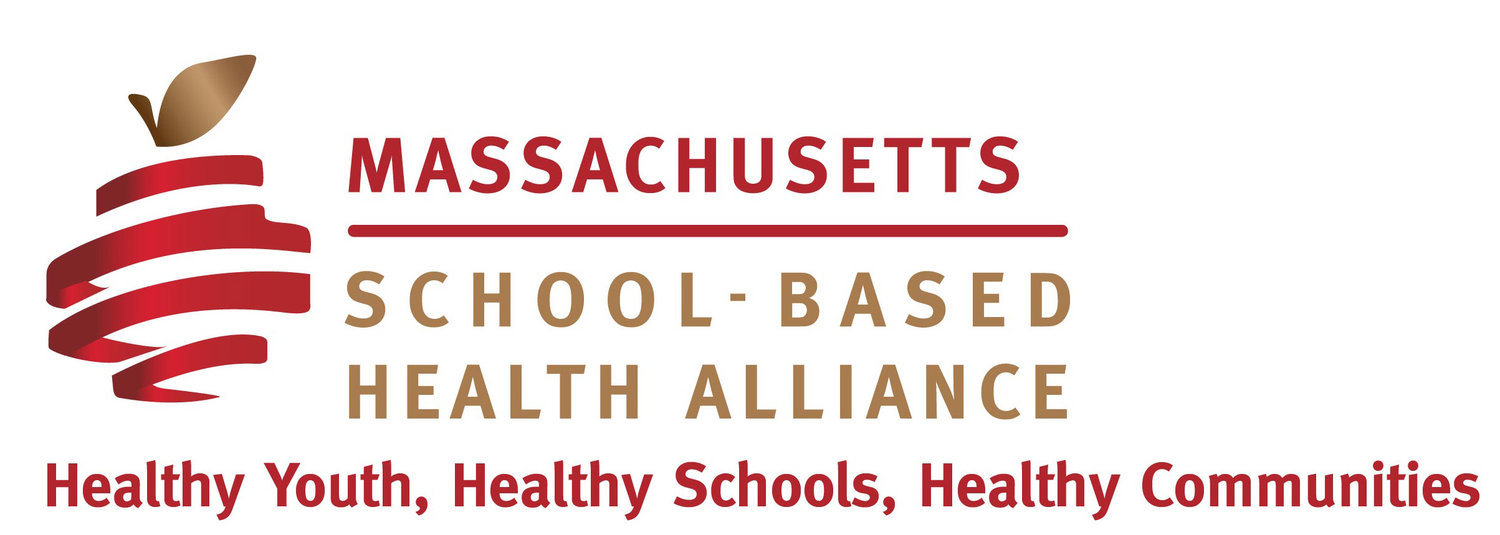Implicit Bias and the Healthcare Provider
By Sarah R. Kiser, CPNP-BC
As I sat around the table this Thanksgiving, listening to the laughter of my kids, noticing their joy, their smiles, and seeing their messy faces after a generous serving of pumpkin pie, I felt completely at peace. The holiday season, packed with family traditions and the embedded intentionality of spending time with those we love, is a season I look forward to each year. It is also time many of us spend in reflection. We ponder where our lives were at this same time last year, and how the journey through the last 365 days has changed us.
This year, I also find myself reflecting on privileges that I, as a white individual, raised in an upper, middle class family, and educated in an affluent school district, experience. Privilege that surely contributes to my perception of the winter holidays as a season of effortless joy, indulgent eating, time off work, gift exchanges, and peaceful rest with my family. A time without concern for my family’s safety, housing stability, or financial solvency. These privileges, not earned by hard work or needing any amount of pulling myself up by my bootstraps, are largely the result of circumstances I was born into and lifelong access to abundant resources.
“So how do I, or any of us for that matter, explore our implicit biases? How do we identify the ways we may be unintentionally racist or discriminatory? How might our institutions, even subtly, engage in practices that are not culturally sensitive? ”
Many of the students we care for in school-based health centers are not privy to this level of societal privilege. Understanding the painful realities, inequities, and stacked disadvantages our patients face is essential to providing them with competent health services. Also essential is ensuring that the care we provide is not marred by an unintentional, implicit bias. As society is being challenged each day to recognize and check the privileges they enjoy, I’ve been thinking a lot, lately, about the challenges some of my patients face when entering my office. Challenges that I do not experience when meeting with my own health care provider. How does my own implicit bias, developed as a byproduct of my life experiences, media exposure, education, and racial privilege, affect the care I provide to my patients?
There is a robust body of evidence supporting the prevalence of racial bias in healthcare providers as well as the reality of institutional racism in medicine. The Institute of Medicine came out with a landmark publication in 2003, “Unequal Treatment: Confronting Racial and Ethnic Disparities in Health Care” which identifies discrimination in both healthcare systems and at the patient/provider level. This publication opened the doors to a plethora of further studies which have confirmed, time and again, that despite the best intentions of the provider or facility, many of us are practicing in ways, and at institutions, that are unintentionally discriminatory.
Wrestling with what implicit bias means, how this affects the way we practice medicine, and how this influences the assumptions we subconsciously make about patients, is crucial if we are committed to providing care that is compassionate and respects the dignity of our patients. Digging deep into what our specific biases may be is also essential for personal growth, as they are often misunderstandings or assumptions we are unaware we are making.
So how do I, or any of us for that matter, explore our implicit biases? How do we identify the ways we may be unintentionally racist or discriminatory? How might our institutions, even subtly, engage in practices that are not culturally sensitive?
Consider starting with an implicit bias test, or reading up on institutionalized racism in US healthcare. It’s also helpful to get up to speed on studies that explore the effect of implicit bias on prescriptive practice and health outcomes in pediatric populations. For instance, as a prescriber of contraception, it was disheartening to learn that intrauterine devices are recommended for contraception more frequently to low SES Latinas and blacks than to whites. Sadly, it is theorized that this is related to provider bias that links low SES minority groups with promiscuity, unplanned pregnancy, and poor compliance with medication regimes. It is also well documented that patients of color receive less pain management than their white counterparts for the same conditions, even when accounting for insurance status and severity of pain. Further, a study from 2012 in the American Journal of Public Health found that, when primed with an African American face, healthcare providers were quick to assume the presence of stereotypical diseases - not only diseases African Americans are genetically predisposed to, but also conditions with no biological predisposition such as obesity and drug abuse.
Built deliberately to reach minority and at risk youth, and designed to improve access to high quality healthcare, school-based health centers start from a place that is intentional about combating discriminatory practice in medicine. Still, there is always room for improvement. Health centers are only as effective as the providers within, so it’s up to us to ensure the care we provide is unbiased, culturally sensitive, and compassionate. Together, let’s commit to exposing implicit bias and overcoming the stronghold it has on our minds. The kids, our patients, deserve better.
Sarah R. Kiser, CPNP-PC, is a PNP with over a decade of experience in pediatric nursing. She is currently employed at the Dana Hall School, a school-based health center in Massachusetts’ MetroWest. Check out her blog: www.kidshealthwithsarah.com.
